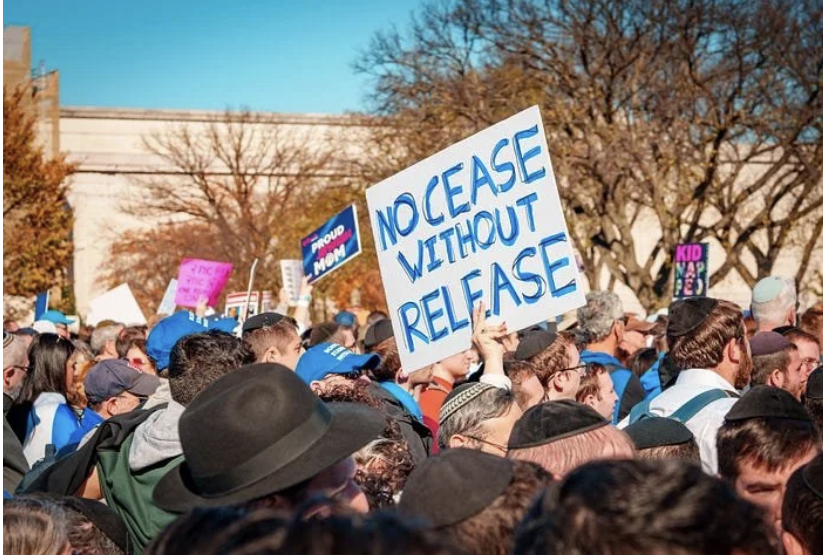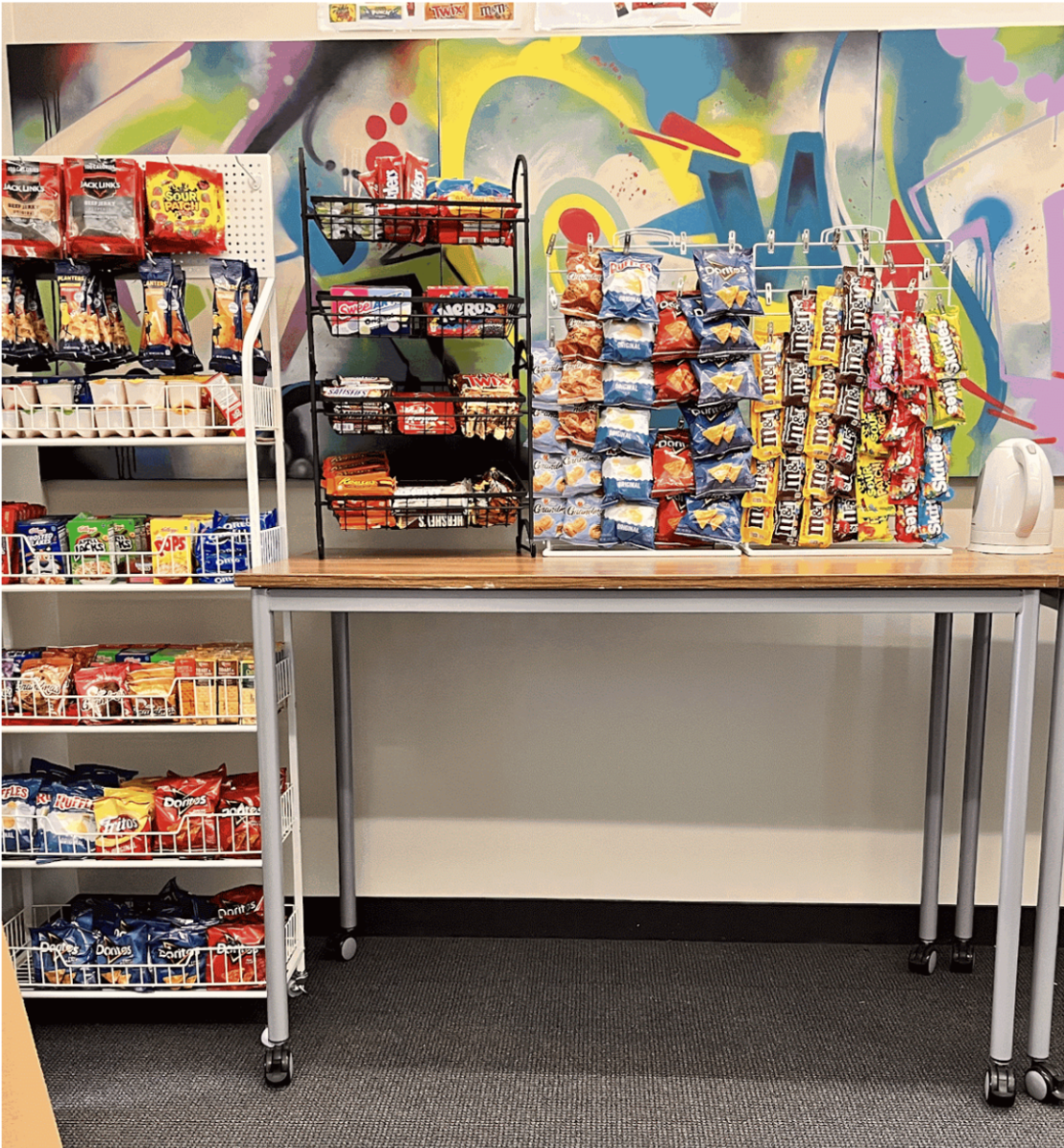Lauren Jung
Editor-in-chief
College tuition continues to rise and federal aid for students has nearly doubled in the past 10 years, but the number of private loans taken out for higher education are shrinking according to 2008 College Board reports.
The current credit crunch has affected students’ ability to obtain private student loans with banks tightening up standards and increasing interest rates.
“Many students take out a private loan to bridge the gap between what their financial aid package covers and what they are able to pay,” said consultant Pierre Jospe from College Funding Strategies. “Borrowing situations are becoming more strained because banks are lending out less money.”
Some banks, like Bank of America, no longer offer private loans.
“Overall, it would seem that this would affect middle and upper income families since they are more likely to take out these types of loans,” said research associate Kristan Venegas, Ph.D., at the Center for Higher Education Policy Analysis at University of Southern California. “However, it could affect low income students and families as well, depending what types of aid they seek.”
Besides private loans, the federal government plays a substantial part in helping students and families finance college. The government has distributed more than $143 billion in financial aid to undergraduate and graduate students for the 2007-2008 academic year through Pell grants, Perkins loans, Stafford Loans, parent PLUS loans and campus-based aid. Financial aid packets are general made up of grants, scholarships, federally subsidized loans and federally subsidized work-study.
“Federally subsidized loans refer to loans that the government pays for the interest and you only have to pay for the principal you borrowed after you graduate,” said Haley Chitty, Associate Director of Communications at the National Association of Student Financial Aid Administrators. “The student loan industry is a little bit ahead of other industries in that Congress has provided banks and lending companies money to enable them to continue to provide federal loans. These loans won’t be affected by the economic crisis.”
President George W. Bush signed into law H.R. 6889, extending the Ensuring Continued Access to Student Loans Act for another year until June 30. The act provides the Department of Education and the Treasury Department and the Office of Management and Budget renewed temporary powers to use federal funds to ensure students and families continue to have access to federal student loans.
Many students are also turning to scholarships to help pay for tuition according to College Counseling Director Rebecca Wandro.
“There are thousands of scholarships out there,” said Jeanne Asdourian, mother of senior Elisa Asdourian. “We want to send her to the best school we possibly can, but if we can’t afford it, we can’t afford it. Elisa’s going to have to get every last dime she can get, and she’ll have to do more research into financial aid and scholarships to make it happen.”
Some students are also modifying the list of colleges they are planning to apply to in addition to applying for scholarships because of the current economic situation.
“Even though I don’t really want to go to a UC, since I don’t think I can handle taking all of my classes in an auditorium with hundreds of other students, I have had to put them on my college list because they are so much cheaper than out-of-state and private schools,” said senior Kristie La.
As the U.S. and global markets continue to dip, many students’ future plans are subject to the whims of the current financial situation.
”A lot of students are applying broadly because nobody knows what’s going to happen — how much financial aid they will get from one institution compared to another,” said Wandro. “We have a great higher education systems in California in the UC and Cal State systems, so students whose families may have financial concerns, might have applied to a couple of those schools to have all their bases covered.”








